Introduction
Keithsburg did pretty well for over a century, but repeated flooding eventually took a heavy toll, especially the big floods of 1993 and 2008.
History
John Vanatta arrived in what would become Keithsburg in April 1827, just a week after William Denison settled in neighboring New Boston. Vanatta’s brother, Benjamin, moved into the area a couple of years later and the two of them made a nice living selling cordwood to passing steamboats. When the Blackhawk War broke out, they left the area and, in 1835, sold their land claim to Robert and Jenet Keith. Now you can guess where the town’s name comes from.
Keith was a native of Balfron, Scotland and had only been in the US about a year when he moved to Illinois. In Scotland, he had studied Latin at the University of Glasgow and worked as a lexicographer, which seems like good preparation for life on the American frontier. After his first wife died, he married Jenet and moved to the US to start anew. He laid out the village of Keithsburg in July of 1837 on part of the land he bought. The new village wasn’t exactly a big hit. Only a dozen or so families lived there a decade later. Keith made a couple of attempts to build a sawmill but they both failed when the buildings sank in the liquid soil near the river. The village got a boost when it became the county seat in 1847, which helped trigger the boom years of the 1850s. During that time, the Dove began ferry service across the Mississippi River, a slaughterhouse opened, and the population grew from 252 in 1850 to 1,017 ten years later.
In 1857, the same year the city incorporated as Keithsburg, county voters elected to move the seat from Keithsburg to more centrally located Aledo, which dampened Keithsburg’s fortunes. Townsfolk forged on, though. The original courthouse was converted to an opera house. There was a robust industry in sand and gravel mining and for shipping grain. The McKee Button Factory cut buttons from mussel shells and shipped them to Muscatine for finishing until it closed in 1951. The Cannon Bronze Corporation dates to the early 1900s and has employed several generations of local folks. The Emerson and the Golden Rod showboats made regular stops at Keithsburg during the navigation season, and steamboats offered folks a chance to take a day trip (or longer) to Burlington or Davenport.
A short line railroad reached Keithsburg in 1871 and railroads would eventually become a major presence in town, building a roundhouse, stockyards, switching yards, and hotel. Keithsburg was served by passenger rail on two major lines that could quickly take residents to Minneapolis, St. Louis, or Chicago. Keithsburg’s first railroad bridge across the Mississippi River opened in 1886, a steel truss bridge with a swing span that cost $600,000 to build. It was replaced in 1910 with a bridge that had a lift span that could be raised to allow boats to pass under. That bridge closed in 1973 due to declining use and increasing maintenance costs. On June 21, 1981 the bridge was severely damaged by a fire that started when four people lit firecrackers around the old shed. The fire spread to the wooden tracks and along the grease on the cables, eventually weakening the structure to the point where the east end of the vertical lift span fell into river, blocking river traffic for several days until it could be removed.
Before the Depression hit, Keithsburg was a busy place, with some 3,000 residents who could choose to drink at one of six saloons or shop at one of the grocery stores. If you got sick, one of the three doctors in town could probably help you out. If you needed entertaining, you could shoot pool at the billiard hall or take in a flick at the movie theater. Much of that is gone today.
The primary reason for the decline of Keithsburg over time is flooding. Sure, changes in the rural economy and increasing car ownership were going to have a negative impact on the city over time, but flooding did the most damage and did it pretty quickly. The city was built in a highly vulnerable area next to the Mississippi and has paid for that over and over. After the then-record flooding of 1965, a levee was built, but it wasn’t enough to protect the town from the high water of 1973, 1993, or 2008. The 1993 flood was the most damaging, partly because the river stayed high for a month; most floods receded after a few days. Keithsburg lost over a 100 buildings to the 1993 flood, about 90% of them private homes.
Exploring the Area
The Sharon Reason Museum of Keithsburg is housed at City Hall in an old school building (302 S. 14th Street; 309.374.2369); the collection is spread out among several rooms and has many historic pictures of the city, as well as antique tools and home gadgets, local school history (the high school class of 1959 had about a dozen graduating seniors!), and a tribute to military veterans. The museum is generally open the same hours as City Hall (M,Tu,Th,F mornings).
Sports & Recreation
Big River State Forest (Highway 164 between Keithsburg and Oquawka; 309.374.2496) has several miles of hiking and equestrian trails through dense forest, much of it tall pine trees. If you don’t feel like walking around, the Windmill Road scenic drive wends its way for 2.8 miles through the forest. In the winter, you can snowmobile and cross-country ski on the trails.
**Looking for more places to visit along the Mississippi River? Check out Road Tripping Along the Great River Road, Vol. 1. Click the link above for more. Disclosure: This website may be compensated for linking to other sites or for sales of products we link to.
Where to Eat and Drink
During the summer, the Keithsburg Boat Club (next to the campground on 3rd Street) hosts a boat-in breakfast in mid-August. I don’t imagine they’d turn you away if you showed up in a car.
The Eagle’s Nest Sports Grill (501 Main St.; 309.374.2255) is a locally-owned sports bar with good food and a friendly crowd.
Where to Sleep
Camping
Keithsburg Riverside Campground (400 S. 3rd St.; 319.457.3555) is a big campground with sites next to the river that range from the 68 RV hook-ups to scattered tent sites near the river. It’s a busy place in summer, especially weekends, and the sites are rather compact, but the campground has showerhouses and boat ramps and the rates are reasonable. Check river levels before heading out as the campground is prone to flooding.
The 40-ish sites at Big River State Forest’s Shady Pines Campground (Highway 164 between Keithsburg and Oquawka; 309.374.2496) sit under and between tall pine trees, as you might expect and are just a short hike from the Mississippi River. The sites are rather compact and you can hear the occasional car whizzing by but they are heavily shaded and the campground has a showerhouse.
Resources
- Post Office: 103 S 4th St.
Where to Go Next
Next stop upriver: New Boston.
Next stop downriver: Oquawka.
Community-supported writing
If you like the content at the Mississippi Valley Traveler, please consider showing your support by making a one-time contribution or by subscribing through Patreon. Book sales don’t fully cover my costs, and I don’t have deep corporate pockets bankrolling my work. I’m a freelance writer bringing you stories about life along the Mississippi River. I need your help to keep this going. Every dollar you contribute makes it possible for me to continue sharing stories about America’s Greatest River!
Keithsburg Photographs
©Dean Klinkenberg, 2024, 2021, 2018,2013,2011


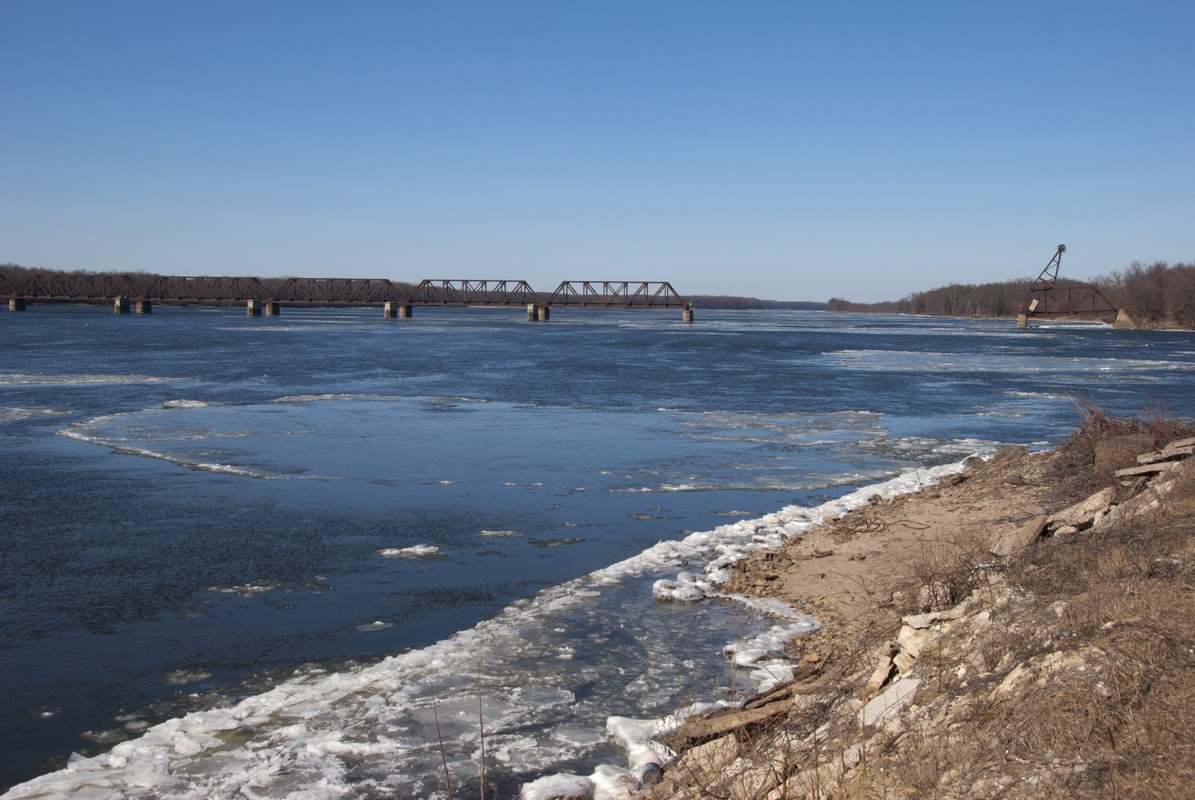
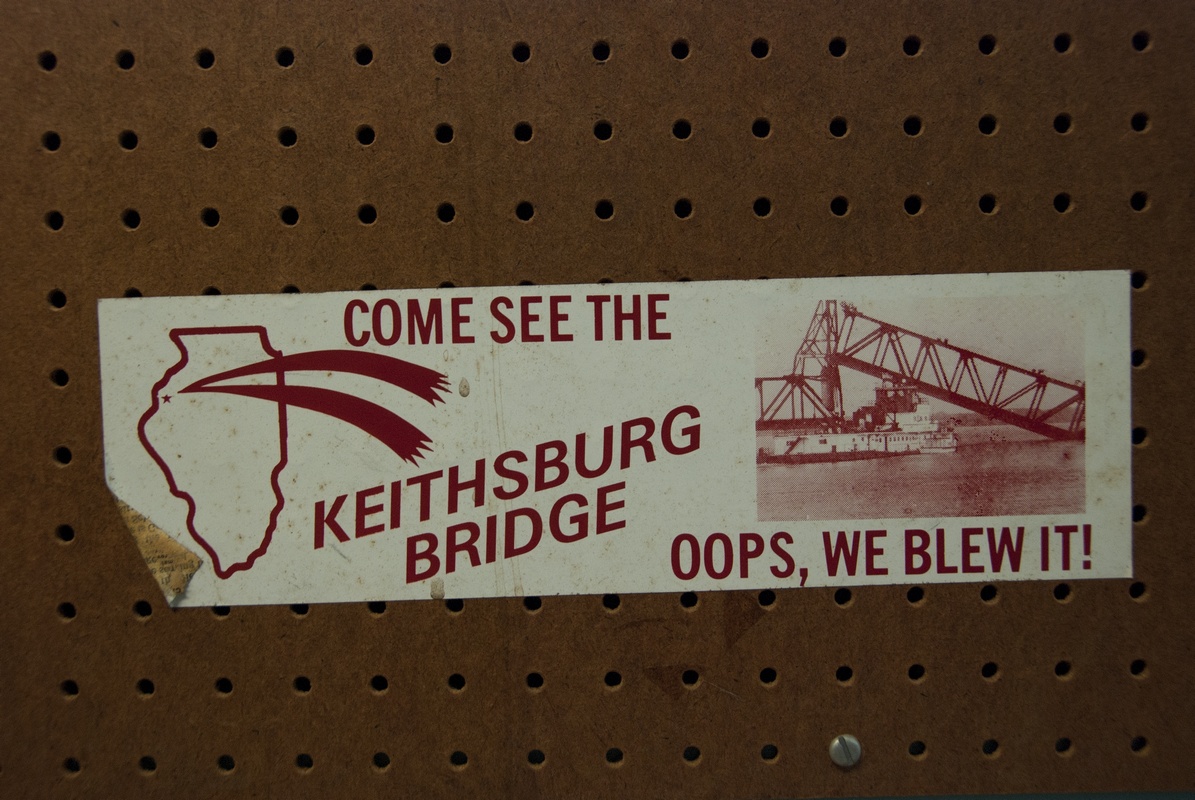

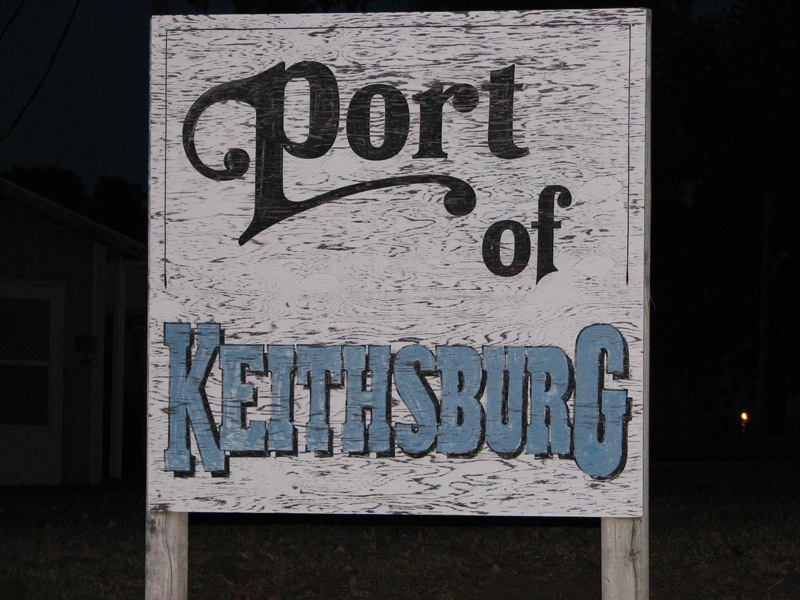



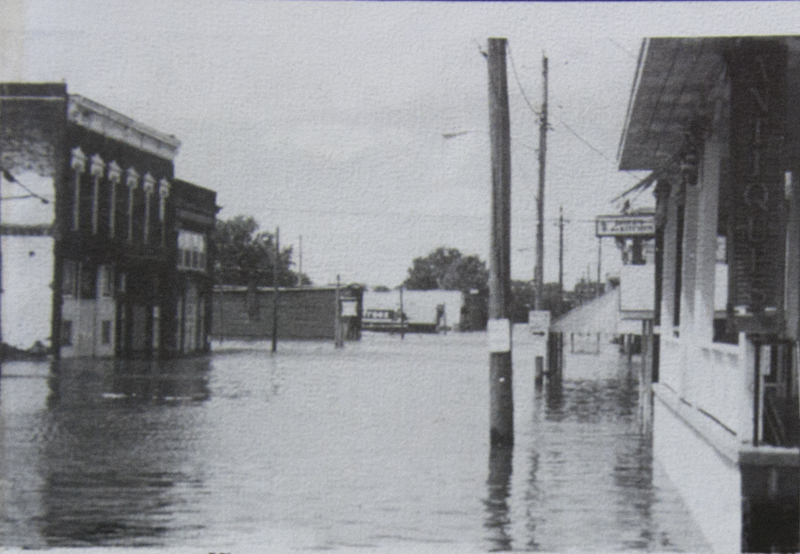

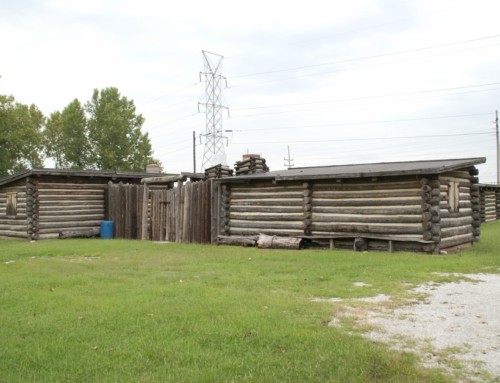
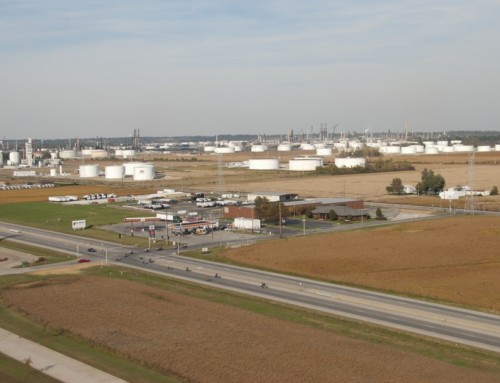
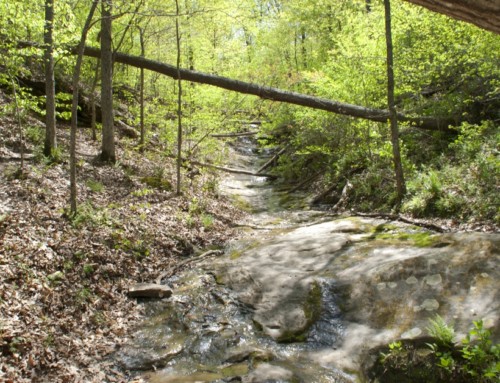
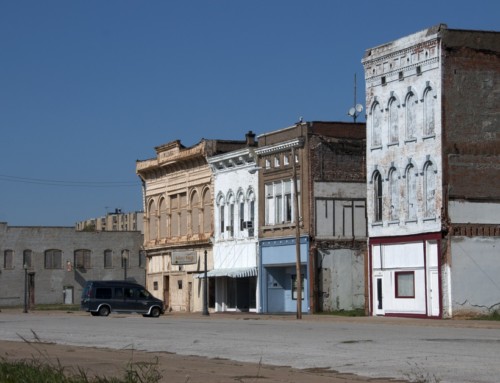
Hi, Elizabeth. Thanks for sharing your stories and connection to Keithsburg. I love the story about your brother trying to be Huck Finn, even though it probably scared the heck out of your family at the time!
Just found this info about Keithsburg was doing some research wow my grandfather worked at the button factory, and his name was Truman Guy Gaylor I loved Keithsburg as a child, my brother came up missing from school they found him on the Mississippi River pretending to be Huckleberry Finn. He was only 6 years old. Yep he was on a raft floating down the river. My father was Lester Gaylor, who was in the war at the time. Anyway thank you so much for sharing this info.
I am part of the Gaylor family my grandmother was Ruth Durkee who married Truman Guy Gaylor I am their granddaughter my father is Lester Truman Gaylor Kusmarks bought the Gaylor Home and my grandfather worked at the old button factory! I noticed you mentioned that.
I have many relatives in Keithsburg, I grew up in Joy but now I reside in Missouri. I haven’t been to Keithsburg in many years now, maybe it’s time to go back for a visit. My Grandfather had a farm not far out of town.
Love the Keithsburg info, but you skipped the part where the county seat moved from K’burg, to Millersburg, then to New Boston, and finally Aledo.
The County Seat is located in Aledo (prior county seats was New Boston from 1835–1837, Millersburg from 1837–1847, Keithsburg from 1847–1857)
Thanks for sharing your story, Leslie! Feel free to share any other details about Keithsburg that I didn’t mention.
Thank you for this article on Keithsburg. My great-grandfather settled there in 1877, died there in 1934. He was a doctor–one of the three you mention, I would guess! His sons moved on to Aledo and beyond. I remember Keithsburg as a stop on our annual Memorial Day tour of relatives living and dead, and the Keithsburg high point was looking for shells along the river that were left over from the button factory–shells that had neat little holes stamped in them. I was searching for info on that button factory as I just learned that great-granddad was one of the organizing founders. That’s how I got here. Thanks for the info.